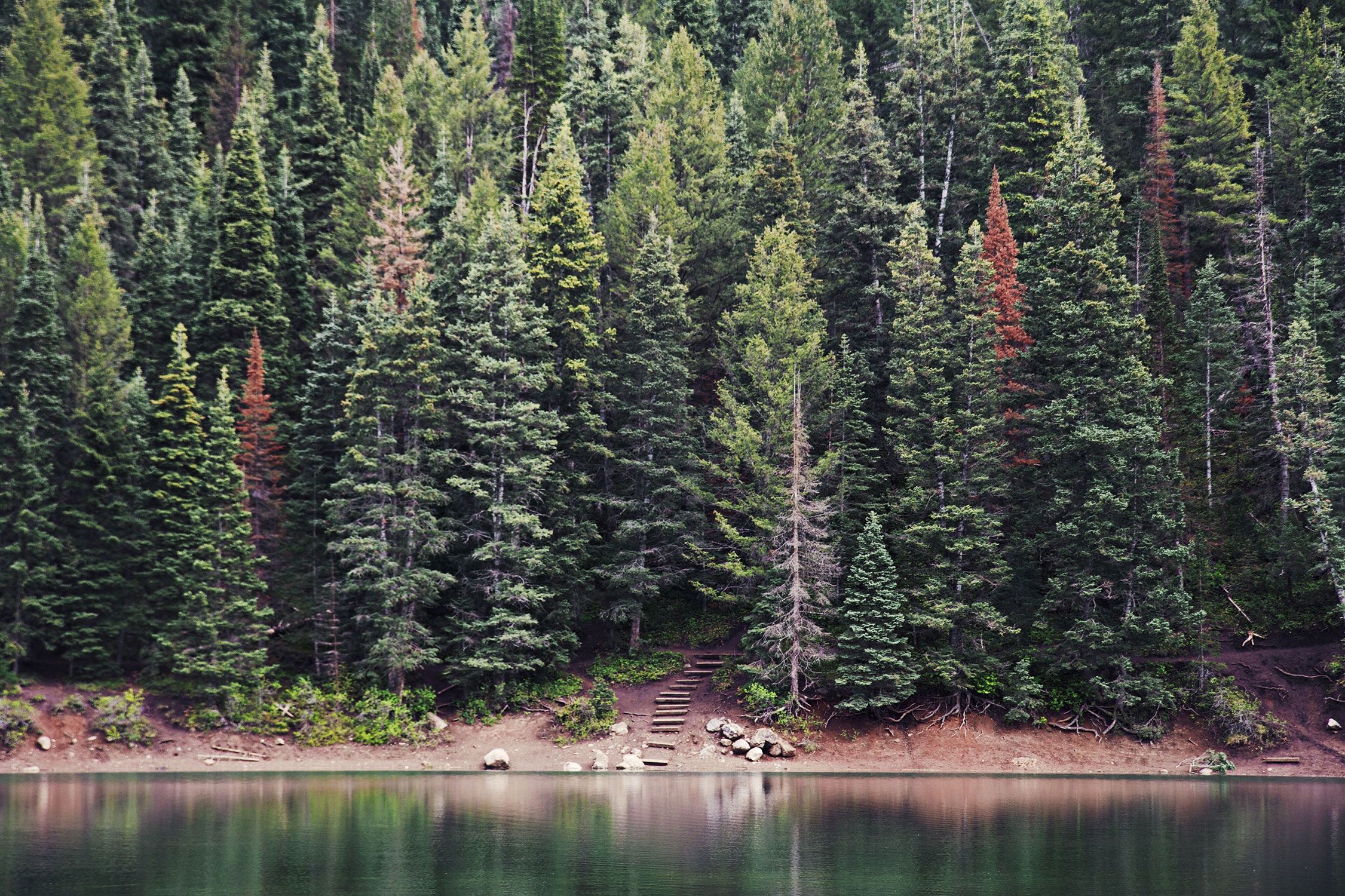River flow is reduced in areas where forests have been planted and does not recover over time, according to a new study. Rivers in some regions can completely disappear within a decade, which highlights the need to consider the impact of tree planting plans in the context of regional water availability and climate change.
“Reforestation is an important part of tackling climate change, but we need to carefully consider the best places for it,” said Laura Bentley, a plant scientist at the University of Cambridge Conservation Research Institute and first author of the study.
“In some places, changes to water availability will completely change the local cost-benefits of tree-planting programmes,” Bentley noted. “Planting large areas of trees has been suggested as one of the best ways of reducing atmospheric carbon dioxide levels, since trees absorb and store this greenhouse gas as they grow.”
“While it has long been known that planting trees reduces the amount of water flowing into nearby rivers, there has previously been no understanding of how this effect changes as forests age,” added Bentley.
The study looked at 43 sites across the world where forests have been established, and used river flow as a measure of water availability in the region. It found that within five years of planting trees, river flow had reduced by an average of 25 per cent. Within 25 years, rivers had gone down by an average of 40 per cent and in a few cases had dried up entirely. The biggest percentage reductions in water availability were in regions in Australia and South Africa.
“River flow does not recover after planting trees, even after many years, once disturbances in the catchment and the effects of climate are accounted for,” said David Coomes, director of the University of Cambridge Conservation Research Institute, who led the study.
Published in the journal Global Change Biology, the research showed that the type of land where trees are planted determines the degree of impact they have on local water availability. Trees planted on natural grassland where the soil is healthy decrease river flow significantly. On land previously degraded by agriculture, establishing forest helps to repair the soil so it can hold more water and decreases nearby river flow by a lesser amount.
Counterintuitively, the effect of trees on river flow is smaller in drier years than wetter ones. When trees are drought-stressed they close the pores on their leaves to conserve water, and as a result draw up less water from the soil. In wet weather the trees use more water from the soil, and also catch the rainwater in their leaves.
“Climate change will affect water availability around the world,” Bentley said. “By studying how forestation affects water availability, we can work to minimise any local consequences for people and the environment.”
This research was funded by the International Union for the Conservation of Nature and the Natural Environment Research Council.










Any ideas how what species are planted interacts with what you saw? Or were the plantations all the same species / mix of species?